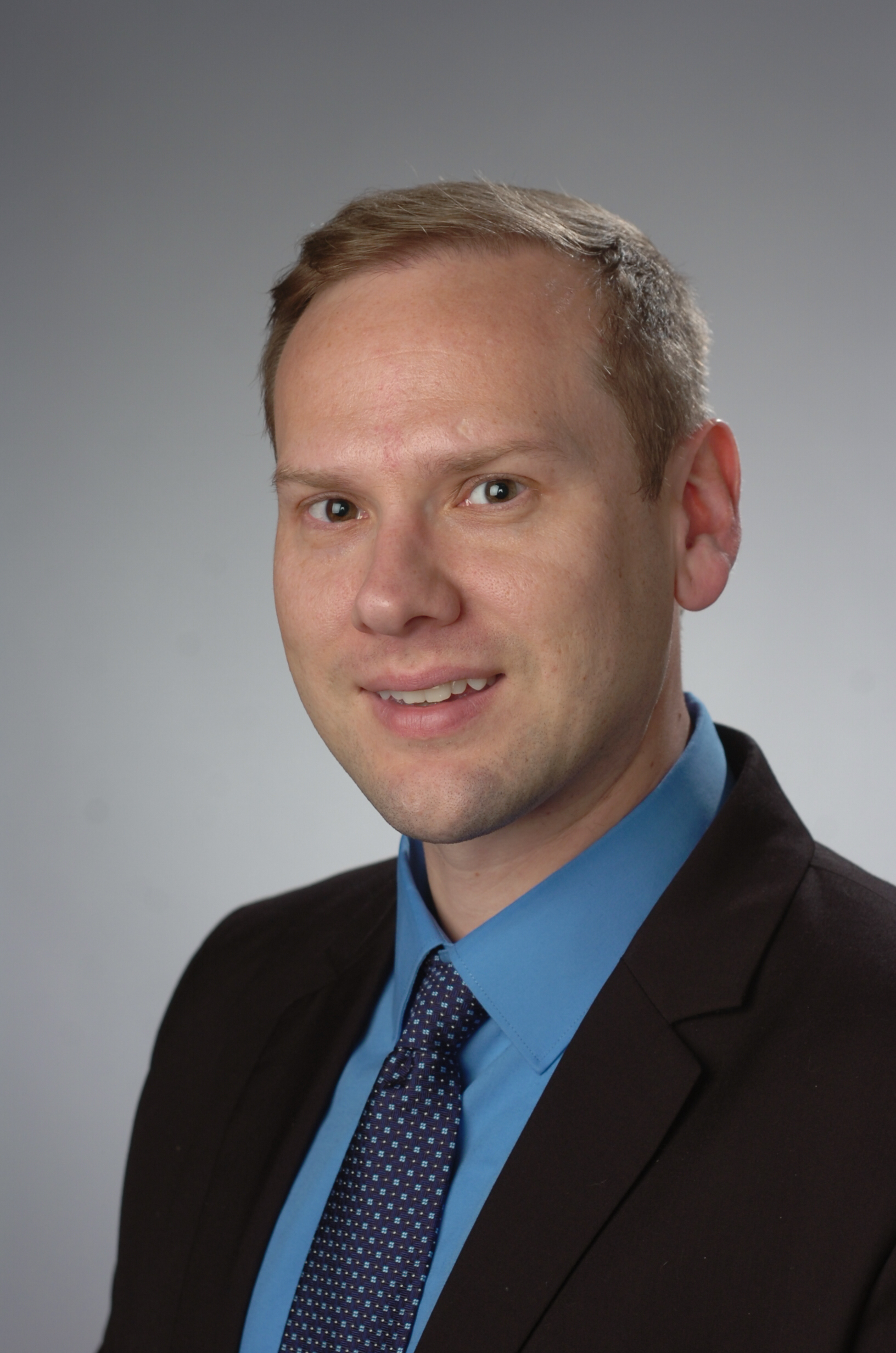
Jonathan Preston
Communication Sciences and Disorders
Syracuse University
jopresto@syr.edu

|
Jonathan Preston Communication Sciences and Disorders Syracuse University jopresto@syr.edu |
| Participants: | 44 |
| Type of Study: | clinical |
| Location: | Upstate New York |
| Media type: | audio |
| DOI: | doi:10.21415/T5WD6J |
Preston, J. L., & Edwards, M. L. (2010). Phonological awareness and speech error types in preschoolers with speech sound disorders. Journal of Speech, Language & Hearing Research, 53, 44-60.
Preston, J. L., Hull, M., & Edwards, M. L. (2013). Preschool speech error patterns predict articulation and phonological awareness outcomes in children with histories of speech sound disorders. Am J Speech Lang Pathol, 22(2), 173-184. doi:10.1044/1058-0360(2012/12-0022)
Preston, J. L., Ramsdell, H. L., Oller, D. K., Edwards, M. L., & Tobin, S. J. (2011). Developing a weighted measure of speech sound accuracy. Journal of Speech, Language & Hearing Research, 54, 1-18.
In accordance with TalkBank rules, any use of data from this corpus must be accompanied by at least one of the above references.
The children in this corpus were preschoolers ages 4-5 years. All were monolingual speakers of American English and all resided in upstate New York. All had speech sound disorders (SSD) as identified by local speech-language clinicians and verified by the Goldman Fristoe Test of Articulation-2. Receptive language was broadly within normal limits based on the Peabody Picture Vocabulary Test-4 (PPVT-4) and the Sentence Structure and Concepts & Following Directions subtests of the Clinical Evaluation of Language Fundamentals: Preschool-2 (CELF-P2). Additionally, all children participated in phonological awareness assessments.
The recordings presented here include a 125-item picture naming task designed to assess all English sounds at least twice in initial, medial, and final positions of words. Recordings were collected with a digital voice recorder and were sampled at 44 kHz. Data were collected either at the child’s home or at a university research lab setting. Phonetic transcriptions were completed by the same transcriptionist, a speech-language pathologist and doctoral candidate. Speech sound error types were classified as typical sound changes (e.g., phonological processes such as velar fronting, /s/ cluster reduction), atypical sound changes (e.g., deletion of onset singletons) and clinical distortions (e.g., lateralization of sibilants). Further details are provided in the publications listed above.
| Participant | Age | Sex |
| P01 | 4;4 | M |
| P02 | 5;0 | M |
| P04 | 4;0 | M |
| P05 | 4;10 | M |
| P07 | 5;1 | M |
| P08 | 4;6 | F |
| P09 | 5;4 | M |
| P10 | 4;11 | M |
| P14 | 4;0 | F |
| P15 | 5;5 | M |
| P16 | 5;4 | M |
| P18 | 4;5 | M |
| P19 | 5;6 | M |
| P20 | 4;0 | F |
| P21 | 4;4 | M |
| P22 | 5;9 | M |
| P23 | 4;1 | F |
| P24 | 4;2 | M |
| P25 | 4;2 | M |
| P26 | 4;2 | M |
| P27 | 4;7 | M |
| P28 | 4;8 | F |
| P30 | 4;10 | M |
| P31 | 4;5 | F |
| P32 | 4;6 | M |
| P33 | 4;1 | M |
| P34 | 4;2 | M |
| P35 | 4;7 | M |
| P37 | 4;10 | M |
| P38 | 4;8 | F |
| P39 | 4;10 | M |
| P40 | 4;4 | M |
| P41 | 4;3 | M |
| P42 | 4;5 | M |
| P43 | 4;0 | M |
| P45 | 4;0 | M |
| P46 | 5;1 | M |
| P48 | 4;3 | F |
| P49 | 4;11 | M |
| P50 | 4;11 | M |
| P51 | 4;11 | F |
| P52 | 4;0 | M |
| P53 | 4;4 | M |
| P54 | 5;0 | M |